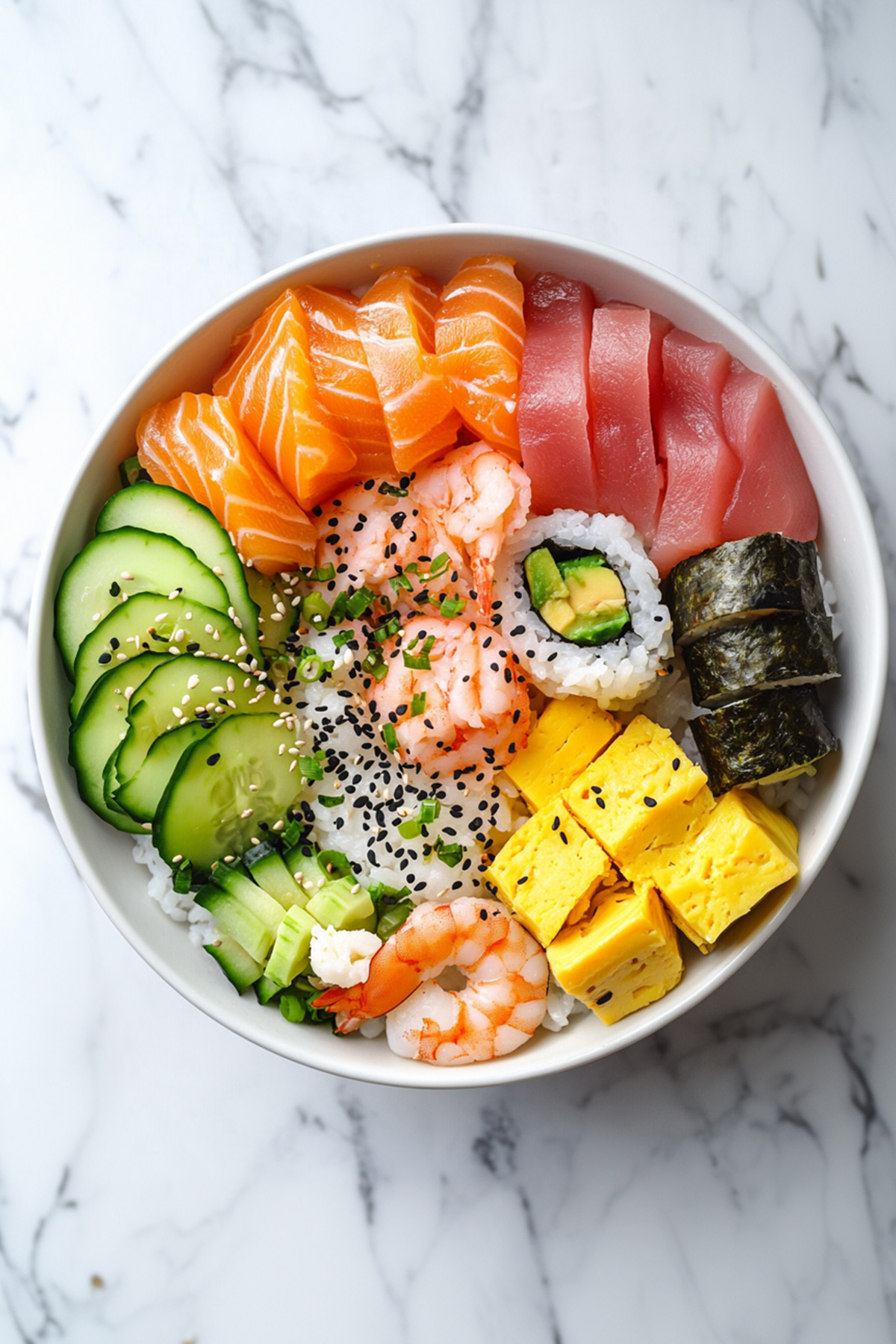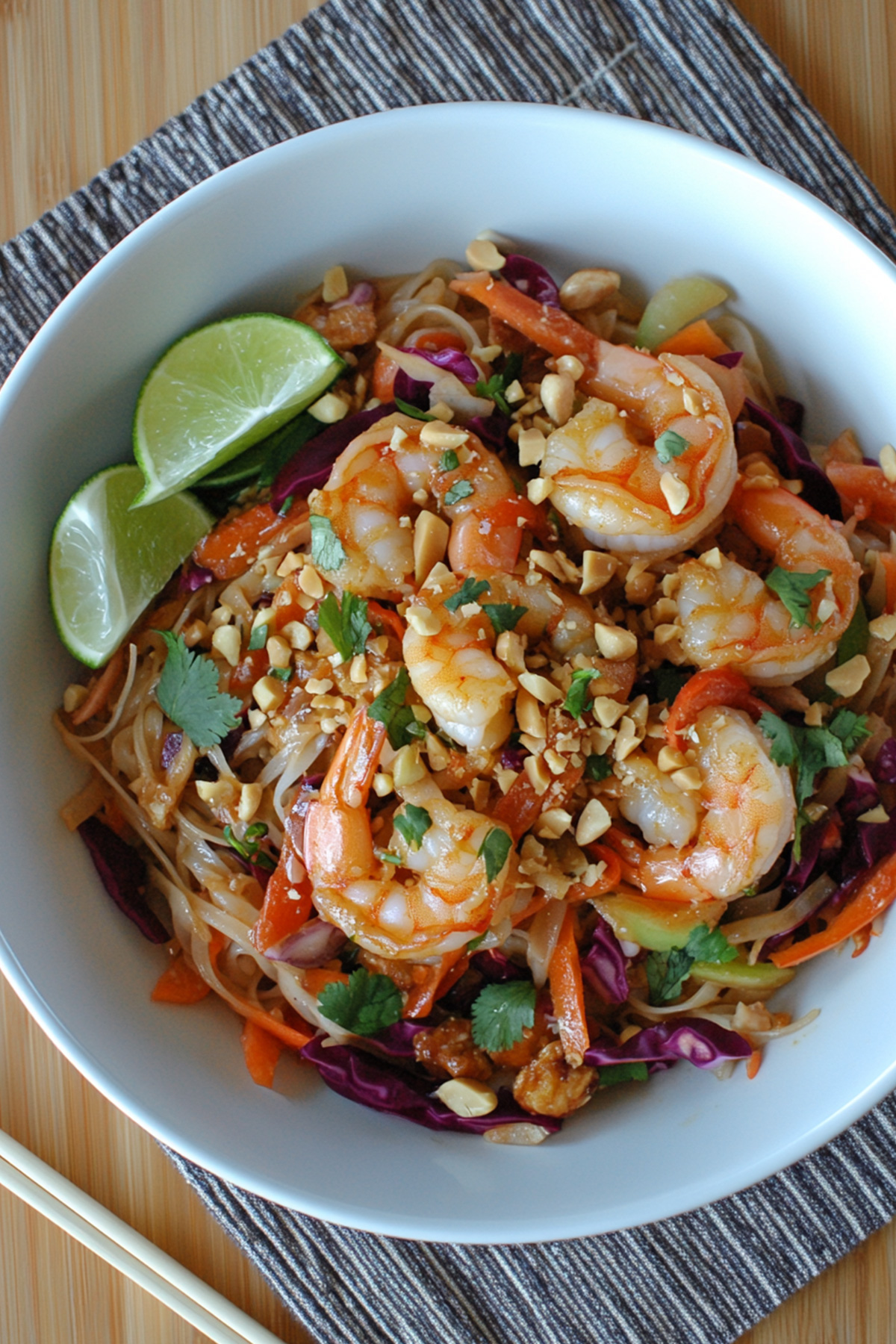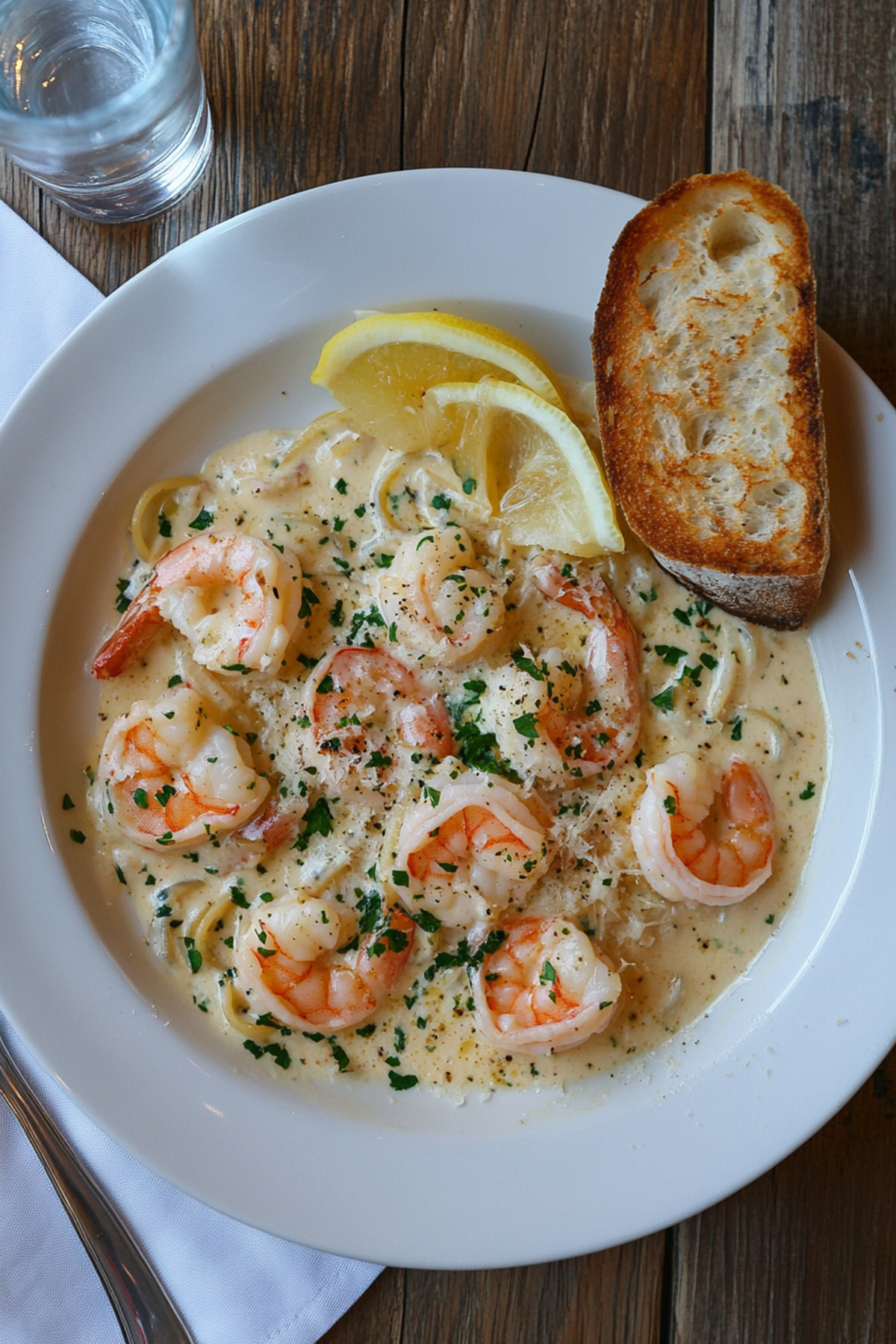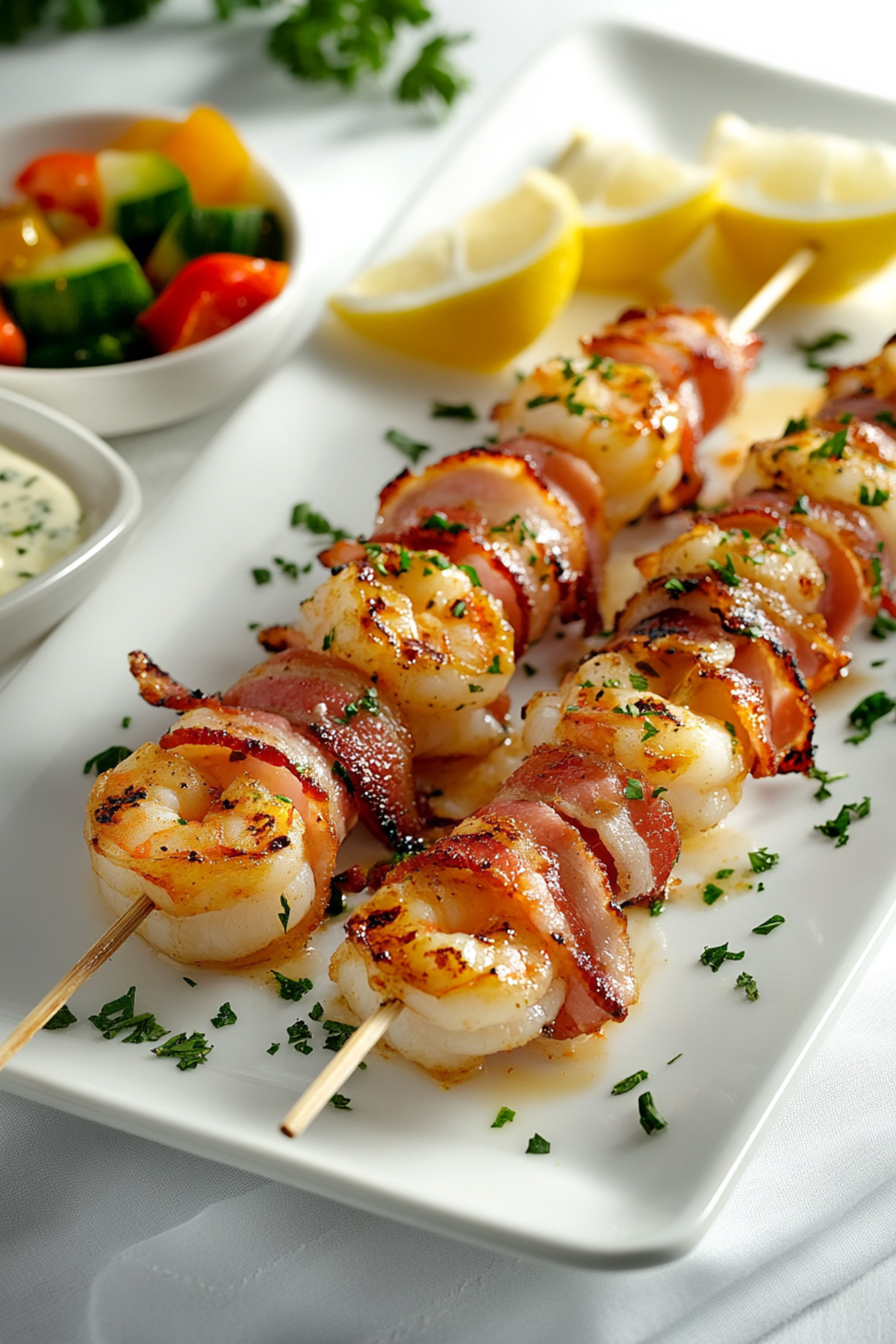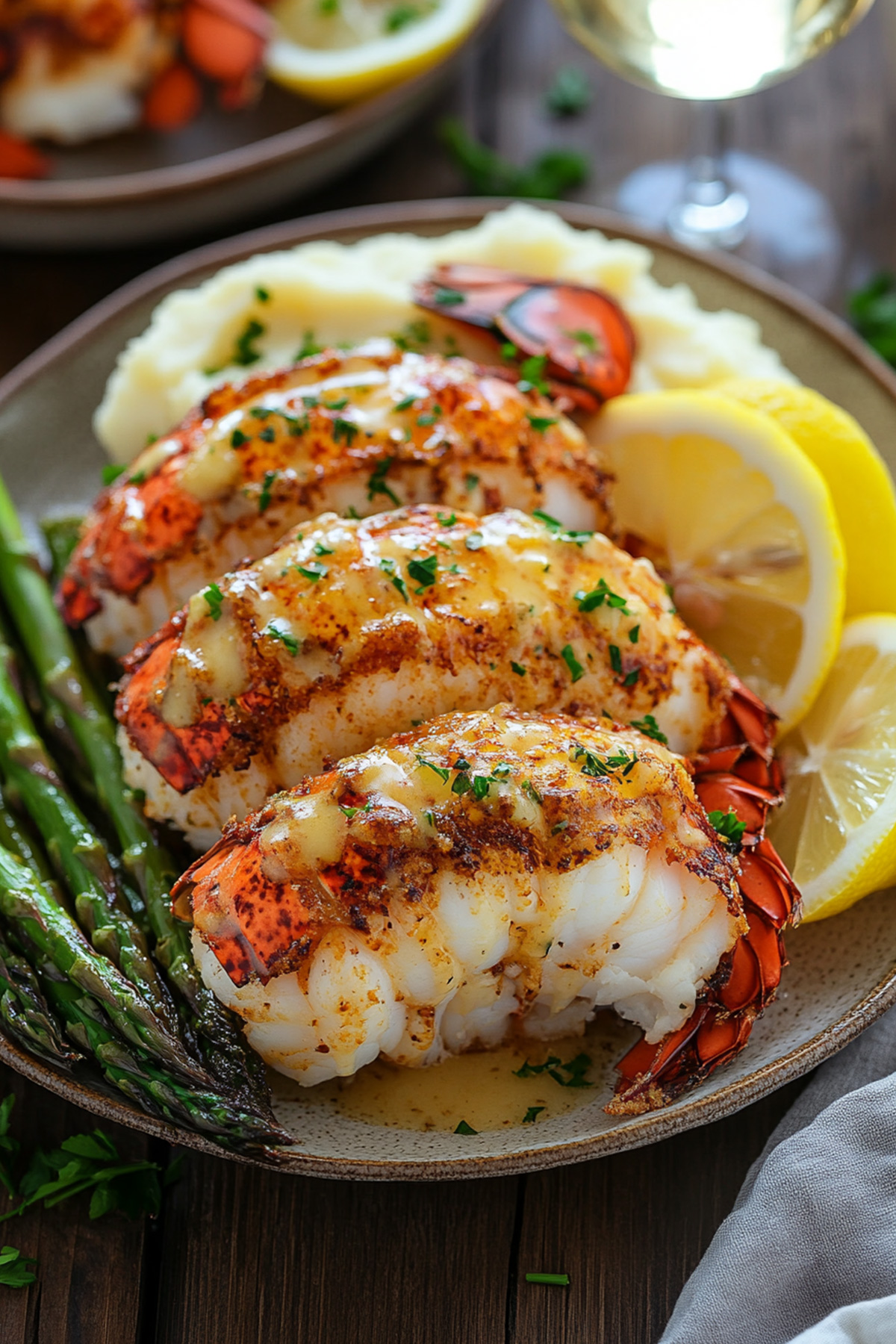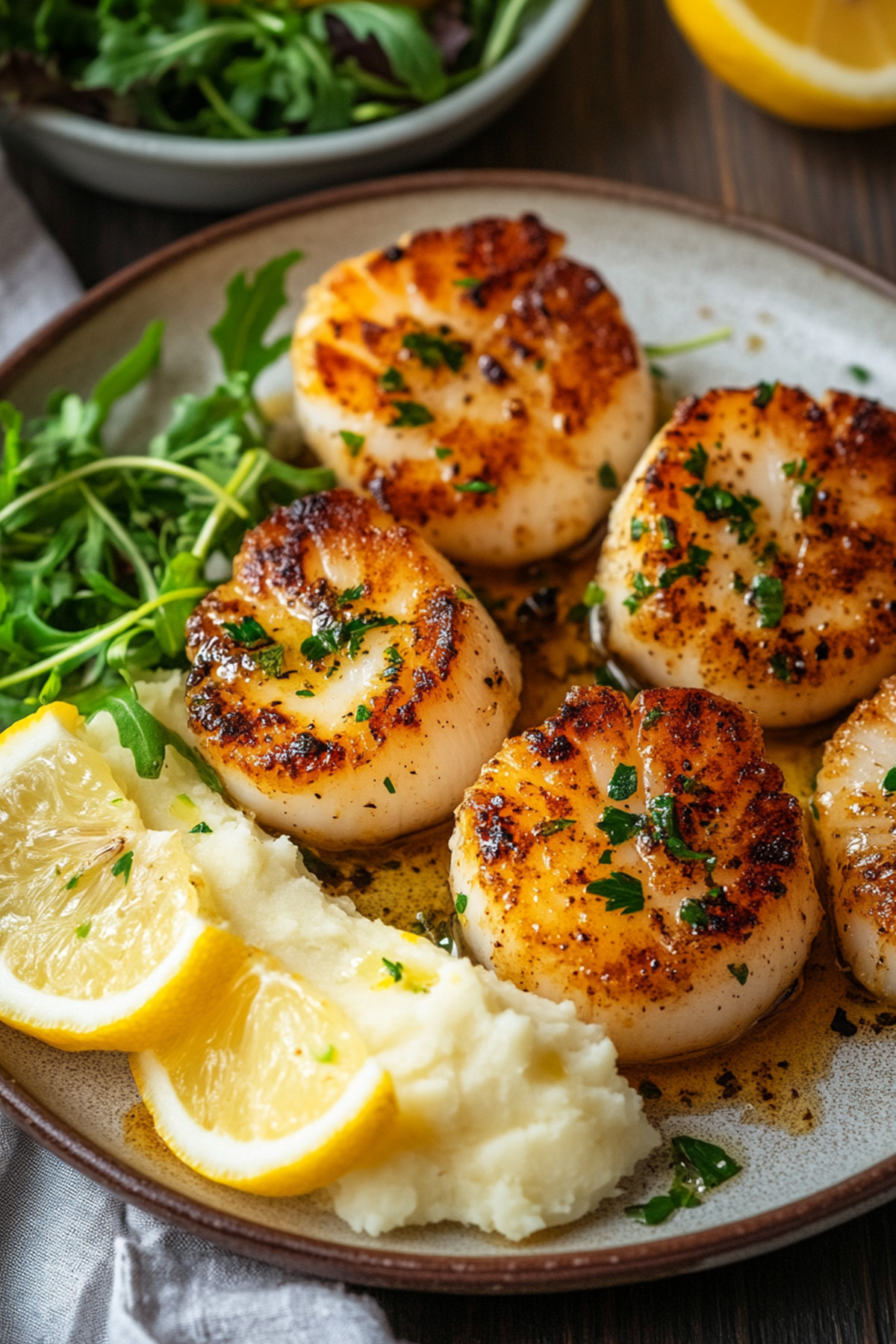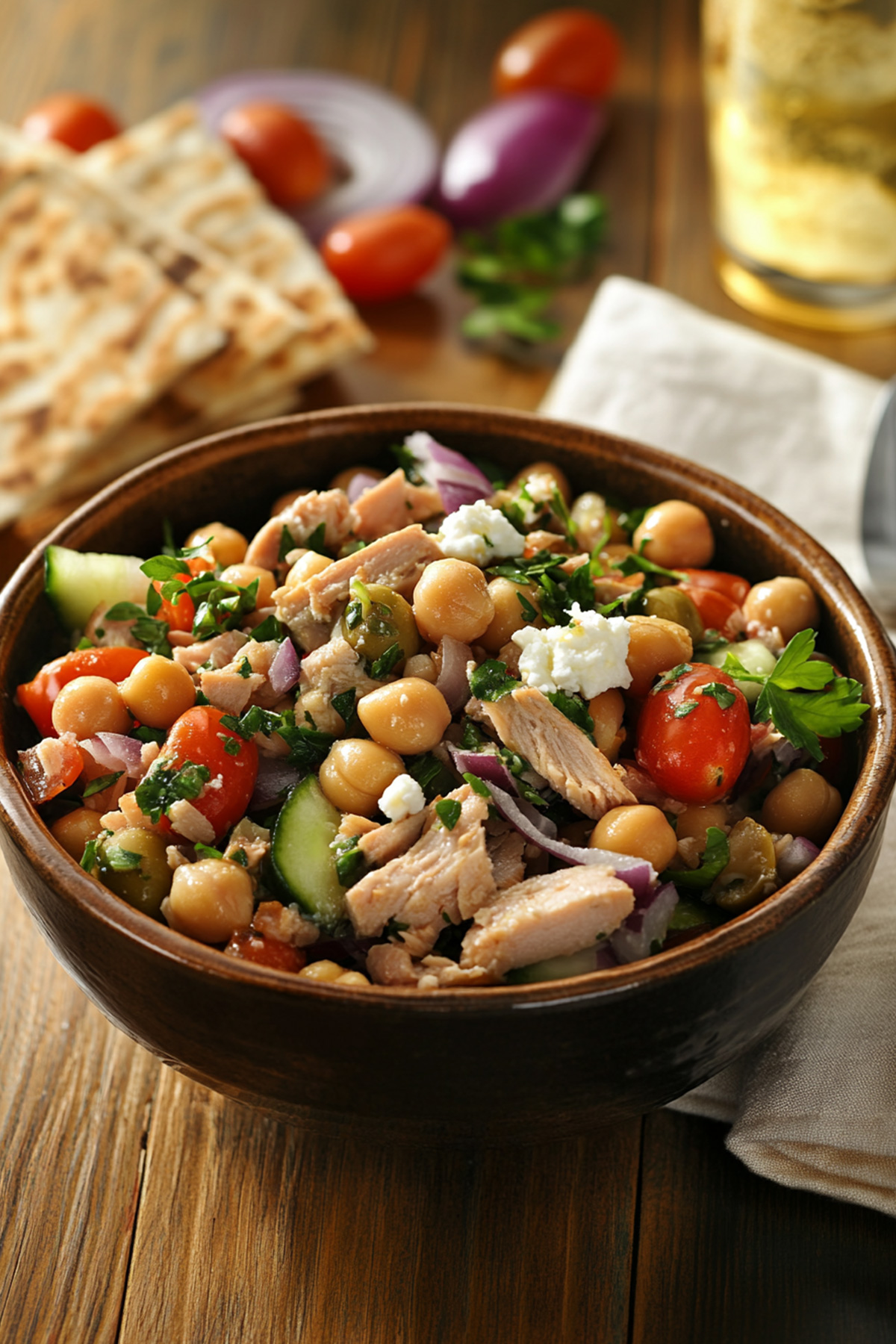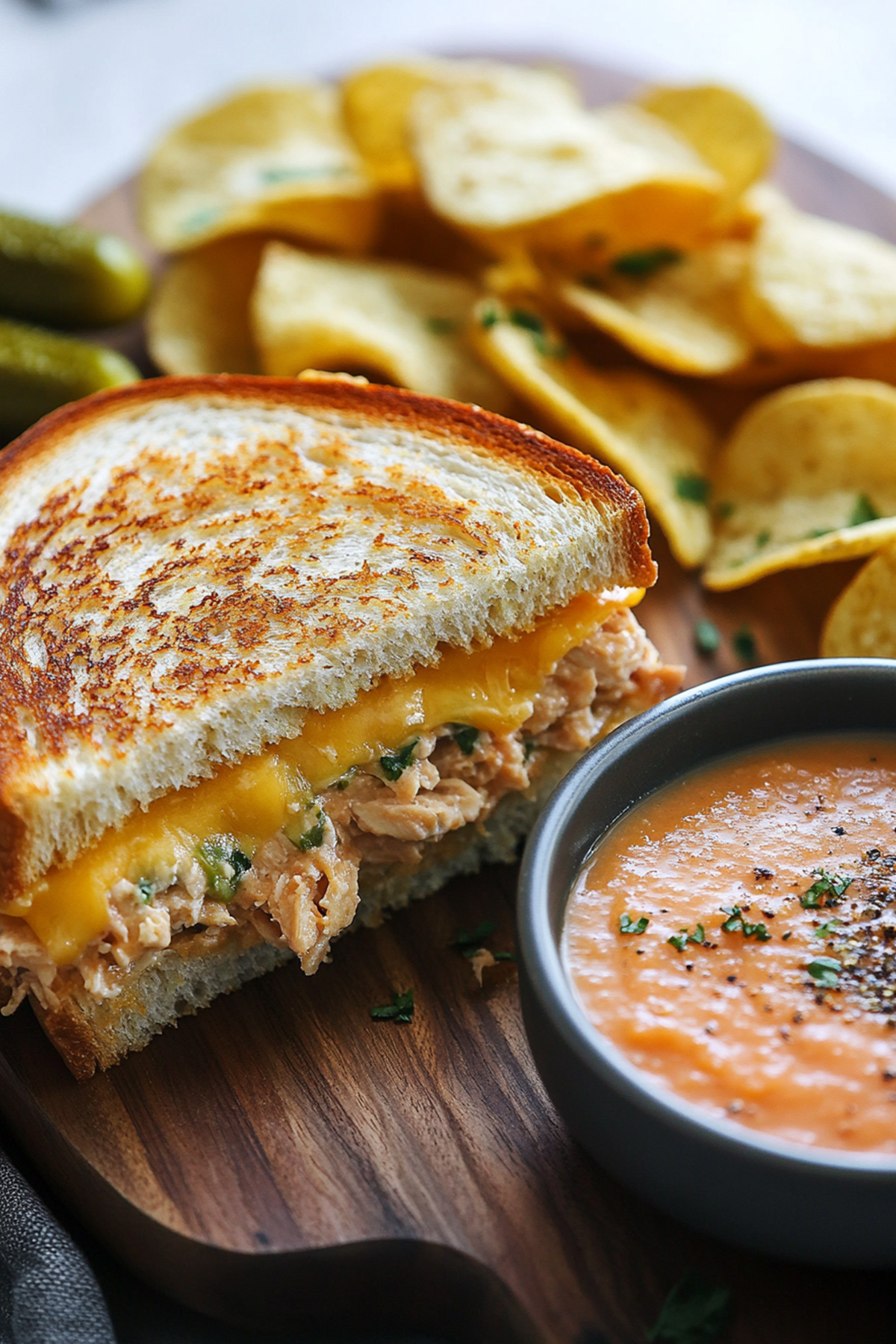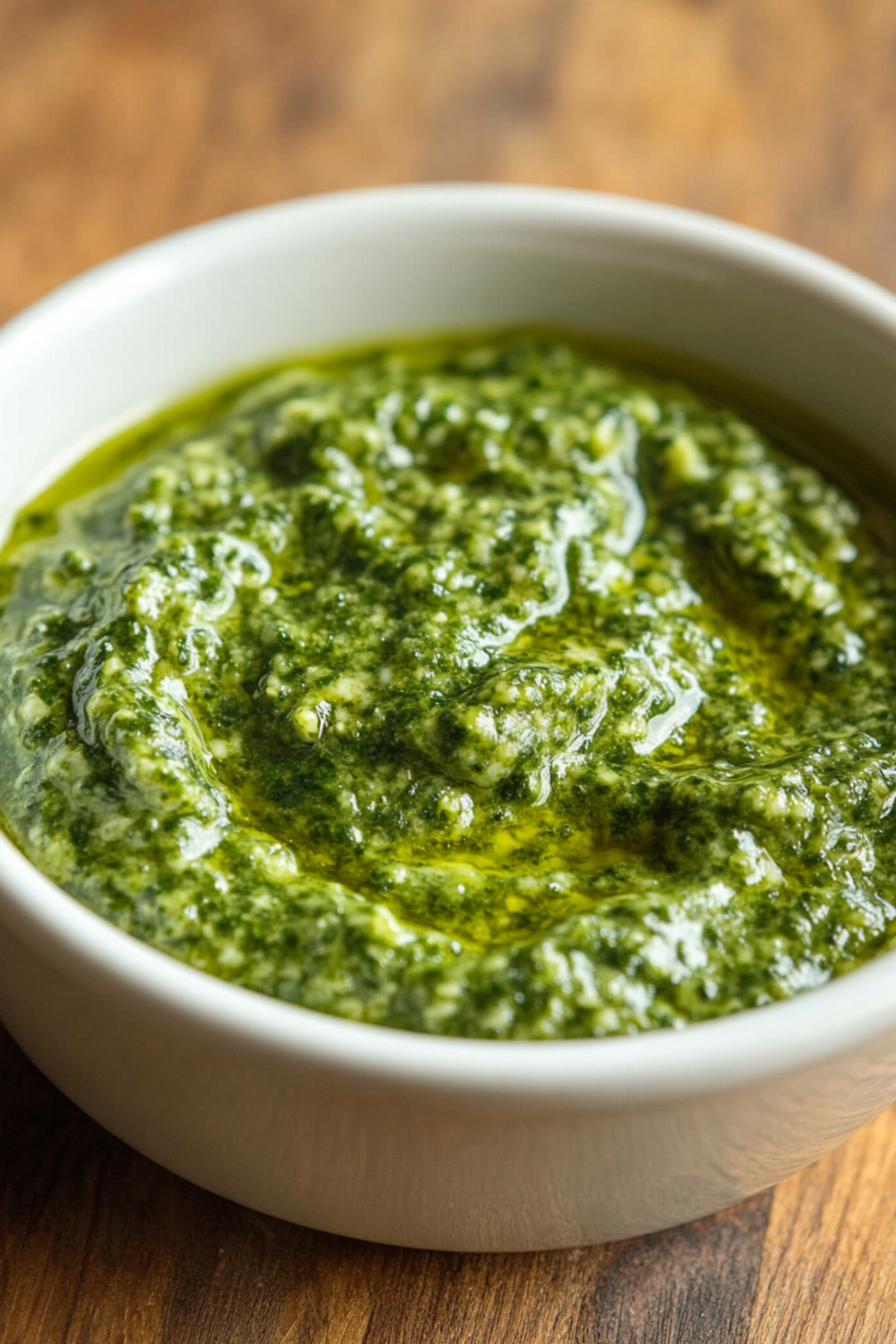Disclosure: As an Amazon Associate and participant in other affiliate programs, we earn from qualifying purchases. We only recommend products we believe will provide value to our readers.
A chirashi bowl means “scattered sushi” and provides one of the simplest ways to enjoy authentic Japanese cuisine without complex sushi-rolling techniques.
This style of sushi displays various toppings beautifully arranged over perfectly seasoned sushi rice.
On top of that, the versatile dish blends fresh flavors of sashimi-grade fish, colorful vegetables, and protein-rich ingredients that create a healthy and satisfying meal.
You can prepare a simple chirashi bowl quickly in just 15 minutes once your sushi rice is ready. This makes it perfect for busy weeknight dinners.
This piece will guide you through everything about creating your own restaurant-quality chirashi sushi bowl at home, whether you’re new to Japanese cooking or want to expand your culinary skills.
You’ll discover everything about ingredients, step-by-step preparation methods, and regional styles that make this dish special.
Table of Contents
History and Origins of Chirashi Sushi
Chirashi sushi’s roots date back to the early Edo period (1600-1800s). At the time, common people created this clever culinary breakthrough.
The dish, originally called bara-chirashi, emerged from a practical need to use leftover fish pieces after preparing formal sashimi platters and nigiri.
Government authorities strictly monitored social order and expenditures during this period. They prohibited any form of extravagance. Resourceful commoners devised an ingenious solution to enjoy special meals.
They would conceal fish pieces and toppings beneath rice layers, displaying only plain rice to avoid detection. The hidden feast would be revealed by simply flipping the dish over during celebrations.
The dish featured preserved ingredients like cooked shrimp and mackerel throughout the Edo period. These ingredients could last longer without refrigeration. The rise of sushi preparation techniques led to fresh sashimi pieces being incorporated, which are the foundations of modern chirashi bowls.
Japan saw the rise of two major chirashi sushi styles in different regions. Gomoku sushi, the first style, originated in the Kamakura period (1158-1333) and represents traditional family cuisine prepared for celebrations.
The second style, Edomae chirashi sushi, emerged in the Kanto region as an extension of Edo nigiri sushi. This style features generous portions of sashimi atop vinegared rice.
Japanese culture places special importance on this dish, particularly during Hinamatsuri (Girl’s Day) celebrations. Each Japanese region has developed its distinct version. The Kanto region prefers raw toppings in artistic arrangements, while the Kansai area favors a mixed style similar to a rice salad.
The dish’s name reflects its essence – chirashi (散らす) means “to scatter” in Japanese, describing how ingredients are arranged over rice. This scattered presentation style defines the dish and allows creative freedom in both home cooking and restaurant presentations.
Types of Chirashi Bowls
Japanese cuisine offers a fascinating variety of chirashi bowls, each region bringing its own unique characteristics and methods to the table. Two main styles stand out in particular: Edomae (Tokyo-style) and Gomoku (Osaka-style) chirashi.
The Edomae or Kanto-style chirashi showcases an artistic arrangement where various toppings rest on seasoned sushi rice.
You’ll find nine or more different toppings in this style, including cockles, shrimp, and tamagoyaki (rolled omelet). Raw fish slices are the stars of this presentation, making it a favorite in modern sushi restaurants.
Gomoku or Kansai-style chirashi takes a different path. This celebratory dish blends ingredients with the rice instead of placing them on top.
The recipe has carrots, burdock root, lotus root, and dried shiitake mushrooms as key components. A thin layer of tamago (egg) creates interesting textures by separating the rice from toppings.
A newer take called Bara Chirashi has emerged from the Edomae style. This version features smaller pieces of raw, marinated seafood.
The Okayama region has a similar mixed-style chirashi known as bara sushi.
Toppings make up one-third of any chirashi style. The most common ingredients are:
- Kinshi tamago (shredded egg crepe)
- Fresh or cooked seafood
- Fish roe (tobiko or ikura)
- Seasonal vegetables and herbs
Modern versions now include vegan variations. These plant-based dishes replace traditional seafood with marinated roasted bell peppers, shiitake mushrooms, and freeze-dried tofu.
These creative adaptations keep the dish’s visual appeal while meeting different dietary needs.
The Osaka-style chirashi’s sweeter taste makes it Japan’s most popular version. This style often appears at family celebrations and special occasions, showing just how versatile this beloved Japanese dish can be.
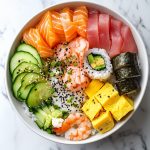
Chirashi Bowl Recipe
- Total Time: 52 minutes
- Yield: 4 servings 1x
Description
A delicious chirashi bowl comes from getting the perfect balance of flavors and textures right. This recipe blends traditional Japanese techniques with clear instructions that make it available to home cooks.
This colorful chirashi bowl features seasoned sushi rice topped with fresh sashimi-grade fish and vibrant vegetables. You can customize the recipe based on your priorities and ingredients you have. The quality of fish and rice remains essential for authentic results.
Ingredients
- 2 cups sushi rice
- 1½ cups water
- ½ cup rice vinegar
- ¼ cup white sugar
- 1 teaspoon salt
- ½ pound sushi-grade salmon
- ½ pound sushi-grade tuna
- 1 pound cooked shrimp
- 1 medium cucumber
- 1 avocado
- ½ cup mushrooms
- 3 large eggs (for tamagoyaki)
- Garnishes: nori strips, sesame seeds, pickled ginger
Instructions
- Rinse the rice until water runs clear and cook it with 1½ cups water in a rice cooker or pot.
- Mix rice vinegar, sugar, and salt in a small saucepan and heat until dissolved.
- Let the cooked rice stand for 10 minutes. Transfer it to a large bowl and gently fold in the vinegar mixture.
- Cut the fish into ¼-inch thick slices and keep it refrigerated until assembly.
- Make tamagoyaki by beating eggs with dashi powder, sugar, and soy sauce. Cook in thin layers and roll into a log.
- Cut cucumber, avocado, and mushrooms into bite-sized pieces.
- Place rice in bowls and arrange fish, vegetables, and tamagoyaki on top artfully.
Notes
- Use sushi-grade fish from trusted sources for raw consumption
- Rice should reach room temperature before adding toppings
- Cut vegetables just before serving to keep them fresh
- Add ⅔ cup vinegar and ⅓ cup sugar for stronger flavored rice
- Prep Time: 40 minutes
- Cook Time: 12 minutes
- Category: Seafood
- Method: Raw
- Cuisine: Japanese
Tips for Assembling the Perfect Chirashi Bowl
Becoming skilled at making the perfect chirashi bowl requires understanding balance as a basic principle. Let’s think about how flavors, textures, and colors work together when picking ingredients.
Rice preparation is the life-blood of an exceptional chirashi bowl. We used freshly cooked hot rice to help vinegar spread evenly. The rice needs immediate fanning after adding vinegar so excess moisture doesn’t make it sticky.
These elements create visual appeal:
- Balance colors with yellow (egg), red (shrimp), and green (snow peas)
- Arrange ingredients from the edge of the bowl inward
- Create height variation with different ingredients
- Include contrasting textures for interest
Proper soy sauce etiquette is a vital part of enjoying your chirashi bowl. Rather than pouring soy sauce directly over rice which ruins appearance and masks subtle flavors, use chopsticks to dip individual toppings.
Pre-packaged chirashi sushi mix from Japanese grocery stores can work for a quick version. These convenient mixes usually contain seasoned mushrooms, carrots, and dried ingredients that save time without sacrificing taste.
Plastic wrap and a thick kitchen towel will protect the bowl during refrigeration if needed. Note that rice gets hard when chilled, so immediate serving gives the best results.
Chirashi’s beauty comes from adapting to seasonal ingredients and personal priorities. You can try different vegetables and fish varieties based on what’s available. All the same, fresh ingredients remain the life-blood of Japanese cuisine.
Start eating from the bowl’s edge and work toward the center to keep the dish looking beautiful throughout the meal. This traditional method will give a harmonious mix of flavors and textures in every bite.
Serving and Presentation Guide
Visual presentation is central to traditional Japanese dining, especially when serving a chirashi bowl. Beautiful arrangements create a harmonious balance of colors and textures across the rice surface through thoughtfully placed ingredients.
Japanese restaurants serve chirashi in two distinct styles. Upscale establishments arrange ingredients in an orderly fashion to create an elegant display of premium ingredients. Homestyle chirashi takes a more relaxed approach.
Ingredients scatter naturally across the rice surface to give each portion a good mix of flavors.
Serving soy sauce is significant to the dining experience. A small dish of soy sauce should sit beside the bowl instead of being poured directly over it, which makes rice soggy and affects its texture. Diners can dip individual pieces as they eat to preserve the integrity of each component.
The right technique makes chirashi enjoyable. Take small portions that include both toppings and rice with your chopsticks.
Raw fish pieces should be dipped separately in soy sauce before eating. Pickled ginger cleanses your palate between bites and enhances the distinct flavors of each ingredient.
Timing is vital when serving chirashi. The dish contains raw fish and should be eaten right after preparation. Wasabi served on the side lets diners adjust the heat level to their priorities.
Starting from the bowl’s edge and working toward the center keeps the dish looking beautiful throughout the meal. This method gives each bite a balanced combination of ingredients, just as the original presentation intended.
Chirashi’s communal nature makes it perfect for celebrations.
The dish often appears at festive occasions like Hinamatsuri (Girls’ Day), where its colorful presentation symbolizes abundance and prosperity. Large gatherings might use a traditional wooden platter called hangiri for serving bigger portions.
These elements create an authentic dining experience:
- Keep ingredients at room temperature for optimal flavor
- Provide individual soy sauce dishes
- Include fresh wasabi and pickled ginger as accompaniments
- Place chopsticks properly beside the bowl
Pairing Suggestions
Pairing the right drinks and sides with your chirashi bowl improves the whole dining experience. Sake remains the quintessential Japanese alcoholic beverage. Its clean, slightly sweet flavor complements the delicate taste of fresh fish.
Green tea is the life-blood of chirashi dining and gives refreshing cleansing properties between bites. Modern pairings have evolved among these classic options. Crisp white wines like Sauvignon Blanc and Riesling balance the rich flavors of the fish with their bright acidity.
Japanese brews like Asahi, Sapporo, and Kirin are perfect choices for beer lovers. These offer light, crisp profiles that cut through the chirashi’s savory elements. Sparkling wines provide an effervescent contrast that works well with the varied textures in your bowl.
Your chirashi experience should include several traditional side dishes. Miso soup stays true to Japanese dining customs as a staple accompaniment. Gari (pickled ginger) plays a vital role to cleanse your palate between different fish varieties.
Light side dishes like edamame or seaweed salad add textural contrast to the soft sushi rice. These sides balance the fish’s richness and add nutritional value to your meal.
Here are some complementary dishes to add for special occasions:
- Tempura vegetables for warm, crispy contrast
- Gyoza dumplings for savory depth
- Japanese cucumber salad for fresh crunch
- Tamagoyaki for subtle sweetness
Beverage temperature plays a significant role in the pairing experience. You can serve sake either chilled or warm based on its variety. Keep beer and white wines properly refrigerated. This attention to temperature will give a perfect flavor profile and improve your chirashi bowl experience.
Health Benefits of Chirashi Bowls
A chirashi bowl is more than just a beautiful dish – it’s packed with nutrients your body needs. One serving gives you 741 calories, 30 grams of protein, 13 grams of fat, and 123 grams of carbohydrates.
The protein content makes chirashi a great choice to keep your muscles healthy. Fresh fish in the dish provides about 39% of your daily protein needs. You’ll also get 29% of your daily fiber requirements. This helps your digestion and keeps your blood sugar steady.
The nutritional profile of chirashi bowls has several key benefits:
- Heart Health Support: Rich in omega-3 fatty acids from fish like salmon and tuna that help reduce chronic inflammation and lower risks of heart disease and stroke
- Brain Function Boost: Has vitamin D and essential fatty acids that support optimal brain performance
- Anti-inflammatory Properties: Fish oils and wasabi work together to curb inflammation
- Disease Prevention: The seaweed wrapper (nori) has 44% protein by dry weight, plus high amounts of calcium, magnesium, phosphorus, and iron
Sushi rice brings its own health perks. This fat-free ingredient gives you essential B vitamins. A 3/4 cup serving has good amounts of vitamins B1, B3, B6, and B9.
Brown rice versions are even better with nearly 3 grams of fiber per 3/4 cup serving.
Traditional chirashi bowl condiments add more health benefits. Wasabi contains beta carotene and compounds that fight bacteria and inflammation. Pickled ginger (gari) gives you potassium, magnesium, copper, and manganese.
It might even improve your memory and reduce different types of pain.
Chirashi bowls are incredibly versatile for different diets. The mix of protein and carbs helps keep blood sugar levels stable. Most versions stay low in fat with minimal saturated fats.
These bowls are perfect if you want to maintain a healthy weight without missing out on nutrition. A full bowl gives you about 17% of daily fat needs and 45% of daily carbs. This makes it a balanced meal option that tastes great too.
References:
– Eat This Much
– Snapcalorie
Nutritional Information
A standard chirashi bowl packs 741 calories. The bowl’s nutrients break down to 30 grams of protein, 13 grams of fat, and 123 grams of carbohydrates.
Here’s a detailed look at what you’ll find in a typical chirashi bowl serving:
| Nutrient | Amount | Daily Value |
|---|---|---|
| Total Fat | 13g | 17% |
| Saturated Fat | 3g | 15% |
| Cholesterol | 188mg | 63% |
| Sodium | 1016mg | 44% |
| Total Carbohydrates | 123g | 45% |
| Dietary Fiber | 2.7g | 10% |
| Sugars | 14g | – |
| Protein | 30g | – |
| Potassium | 672.2mg | 14% |
Portion size plays a big role in the bowl’s nutrition. A single cup serving (166g) contains just 205 calories, making it perfect for watching your intake. These smaller portions have 3.5g of fat, 34g of carbohydrates, and 8.2g of protein.
The sodium content changes based on how it’s prepared and what goes in it. Some versions can reach 3,320mg of sodium, while others stay lower at 768mg per serving.
The protein ratio stays steady no matter the serving size. Most versions give you 25-30% of total calories from protein. Fat content ranges from 12-26.9g per serving, depending on what’s in your bowl.
Restaurant portions can vary quite a bit. You’ll find anywhere from 666-850 calories in restaurant servings, but you can adjust homemade versions to match your needs.
These bowls are a great way to get essential vitamins and minerals. A regular serving contains:
- Vitamin D: 192IU (960% DV)
- Calcium: 48mg (4% DV)
- Iron: 2mg (11% DV)
- Potassium: 384mg (8% DV)
Rice portions determine the carb content. A typical serving has 62.40g of total carbs, including 3.84g of fiber. Sugar stays pretty low at 4.80g per serving.
Smaller portions offer different numbers. A one-cup serving contains about 480 calories, with 14.40g of fat (18% DV), 62.40g of carbs (23% DV), and 28.80g of protein (58% DV).
The calories usually split up as 26.2% from fat, 23.3% from protein, and 50.5% from carbs. This mix matches what experts recommend for a balanced meal.
Conclusion
Chirashi bowls are evidence of Japanese culinary excellence that offer nutritional value and esthetic appeal.
These bowls provide a perfect balance of proteins, healthy fats, and complex carbohydrates. Fresh ingredients deliver essential nutrients effectively.
The artistic Edomae style and mixed Gomoku variation create endless possibilities for your bowl’s customization.
Your bowl becomes a canvas where you can showcase seasonal ingredients while following traditional Japanese dining principles.
You may like also:
– Nigiri Sushi Recipe
– Tuna Belly Recipe
– Miso Salmon Recipe
Quality fish and properly seasoned sushi rice are the foundations of an exceptional meal. The preparation needs attention to detail, but these techniques help you create authentic Japanese dining experiences at home.
Fresh ingredients, proper temperature control, and thoughtful presentation can turn a simple rice bowl into an elegant feast for any celebration.

